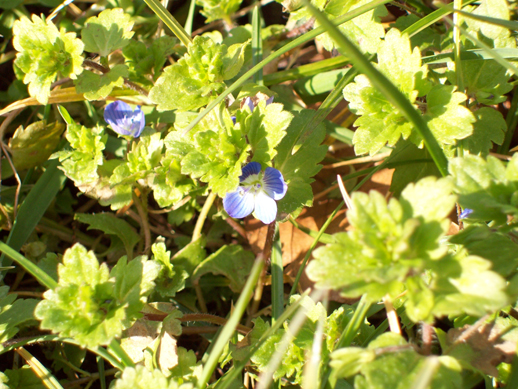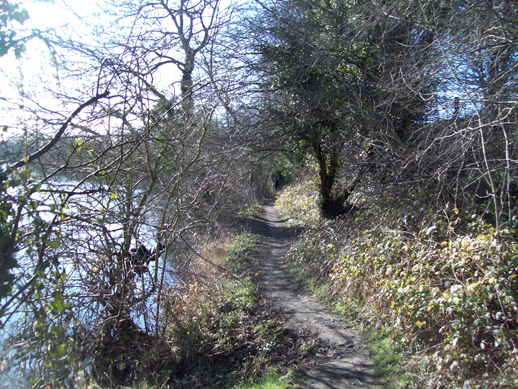 pic by Joel Hitchins-Samson
pic by Joel Hitchins-Samson
The first of a new monthly column by Lisa Samson
We ignore the Tesco bags dangling from the brambles and follow the riverside path past the 40 feet concrete wall of HM prison, past the industrial yards, until we reach the bend where the river curves round to open fields, a green oasis that contrasts with the sprawling metropolis. The river is sluggish and exceptionally deep (fifteen feet in the centre), which once made it a thriving fishery. Today even the sunlight dancing on the surface cannot penetrate its murky depths. The impressive stone frontage of Cusworth Hall looms above a cabbage field and a family of ducks floats by.
A small flock of wood pigeons sweeps over the whitewashed farm house and settles in the trees. A thrush is singing its heart out and with the sun warm on my face I stride into the farmyard, feeling that I am in the heart of the country. If you do this walk often enough you become blinkered to the ugliness on the other side of the river, where the grey tower blocks of Balby rise above the wasteland. Here the river is a calm expanse of sparkling water and the gentle splash of oars breaks the stillness of a perfect Sunday afternoon. This green track and this wide river are sacred to the inhabitants of Doncaster; bordered by houses and industry, it is a breathing space for humans and wildlife.
 pic by Joel Hitchins-Samson
pic by Joel Hitchins-Samson
A lone swan curls on the muddy bank below the allotments at Hexthorpe Flats, a local beauty spot. Another boat, this time containing two female rowers, shoots past us as it heads downstream. My granddad rowed up and down the Don every morning in the early 1920s, when recreational activities on the river were in their heyday with boat races and swimming competitions. Somewhere along this gentle curve of river, my grandfather proposed to my grandmother on a rowing boat in 1923, sealing fifty years of marriage that took them north across the border to Lancashire. He would be thrilled to know that the Doncaster Rowing Club still thrives in Hexthorpe.
Opposite Hexthorpe Flats are open fields and, if you ignore the distant rumble of traffic on the motorway, it is an idyllic country walk. Yellow coltsfoot flowers poke their heads above the long grass by the river, the buttercups of early spring. Once under the motorway tunnel, the river path is wooded and clumps of withering snowdrops vie for space with the carpet of Dog’s Mercury that my dog cocks his leg over. We pause for a moment to admire an alder tree that dangles its catkins over the water. The path gets busier here as we approach Sprotborough, where we buy ice cream and sit on a bench overlooking the lock.
One of my forebears was the lock keeper at Sprotborough during the 1860s. He is infamous in our family history for throwing his sons and nephew (my great grandfather) into the river to teach them to swim. He would watch them flay around before taking pity on them and fishing them out with an oar. If reports of the level of pollution in the river at the time are correct, they were lucky to survive. Following a flood in December 1868 over half a ton of dead fish was purportedly hauled from the Don at Doncaster. Thanks to the conservation carried out by Yorkshire Water Authority since 1974, the fish population of the Don is thriving and salmon have recently been sighted in the river near Doncaster.
‘Lisa Samson is a writer of fiction and creative non-fiction. Her work has appeared in Brand Magazine and A Wilder Vein, an anthology focusing on the relationship between people and places in the natural environments of Britain. Her first novel Talk to me was runner-up in the Virginia prize for Fiction 2011.’